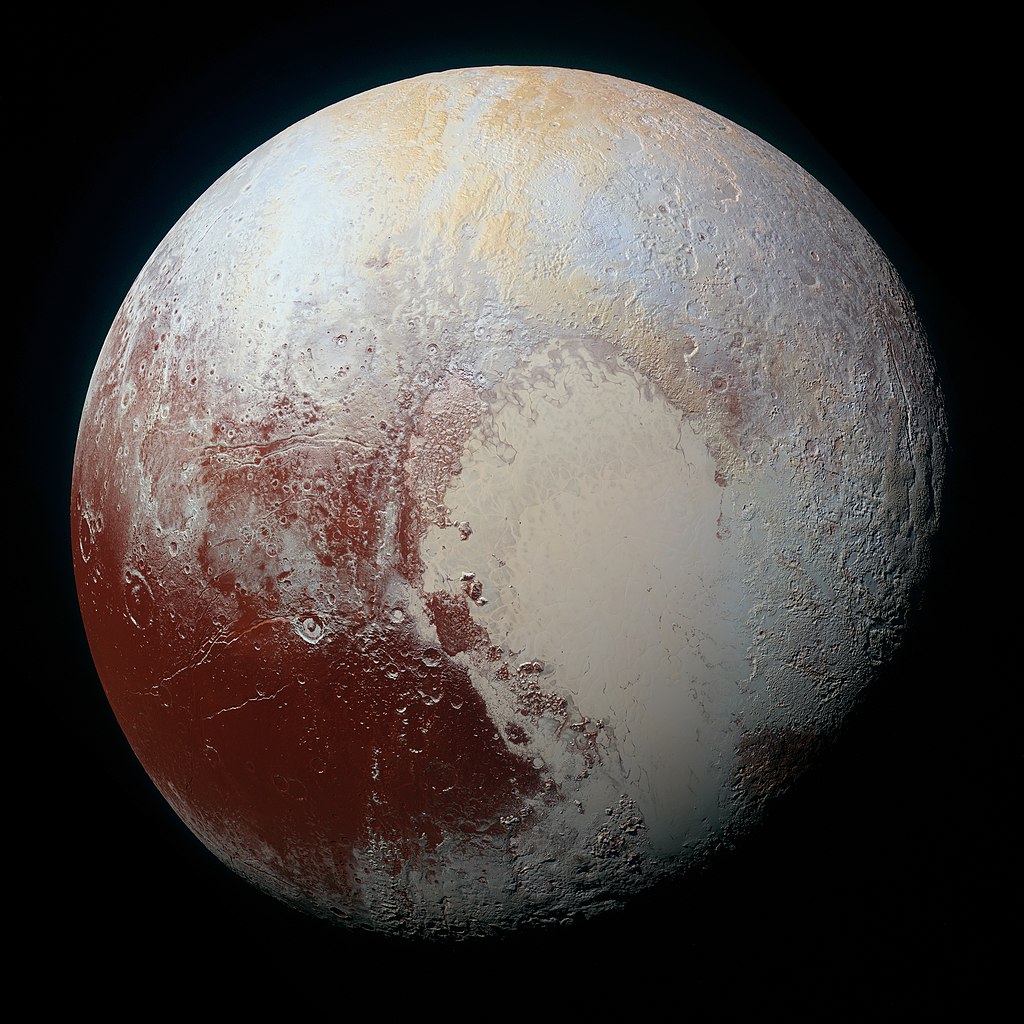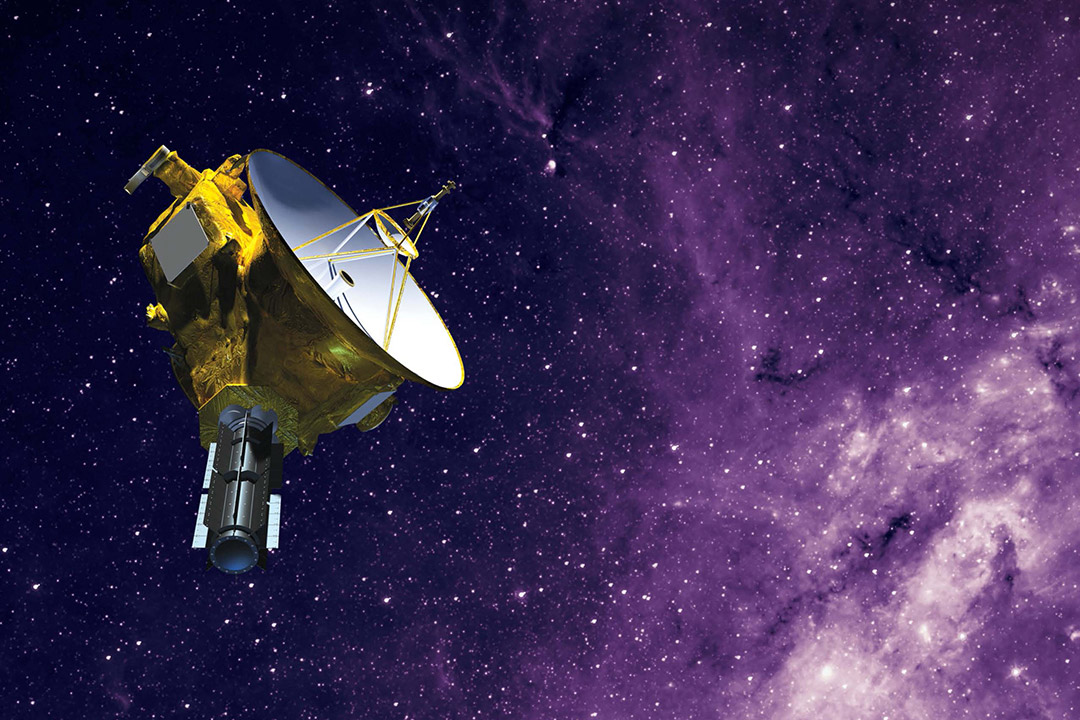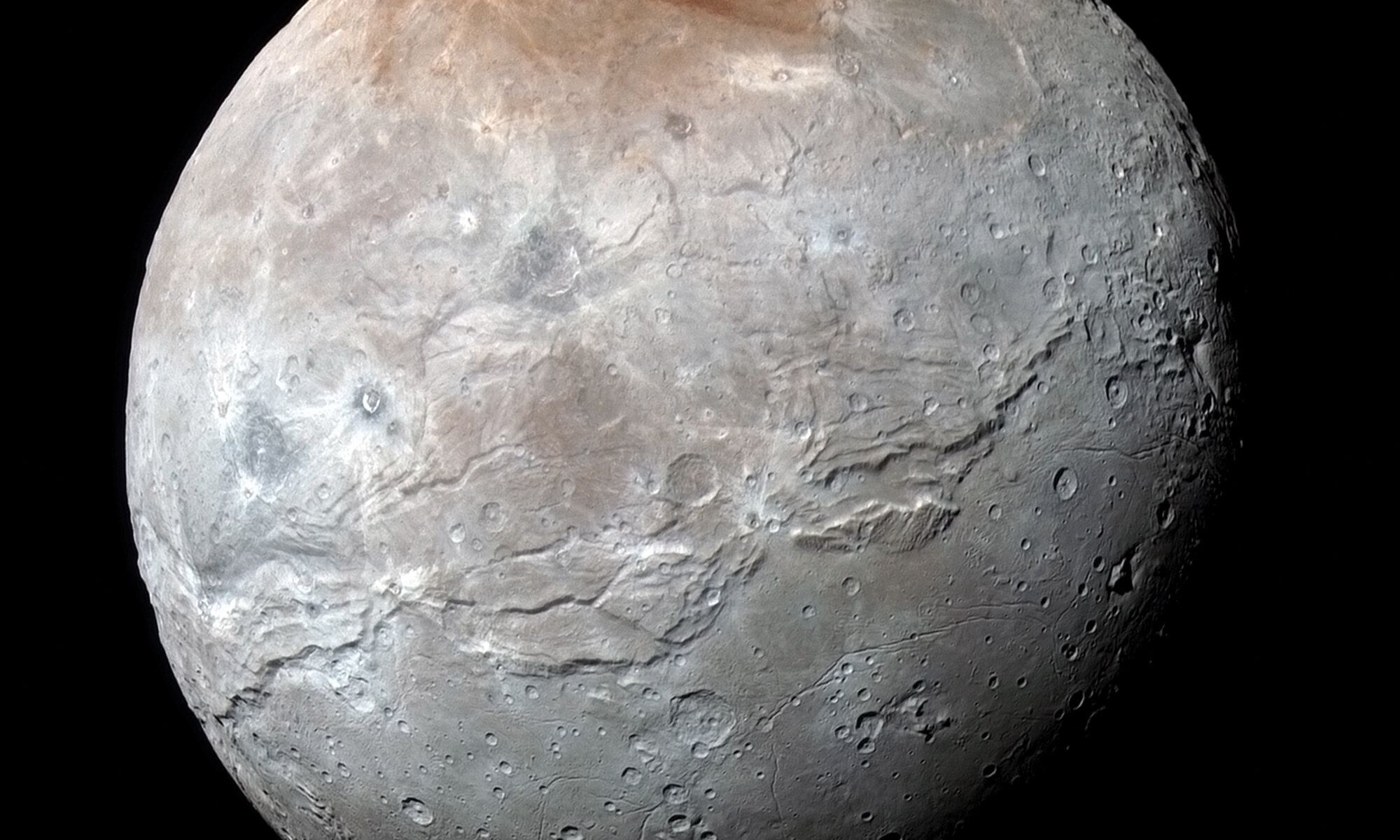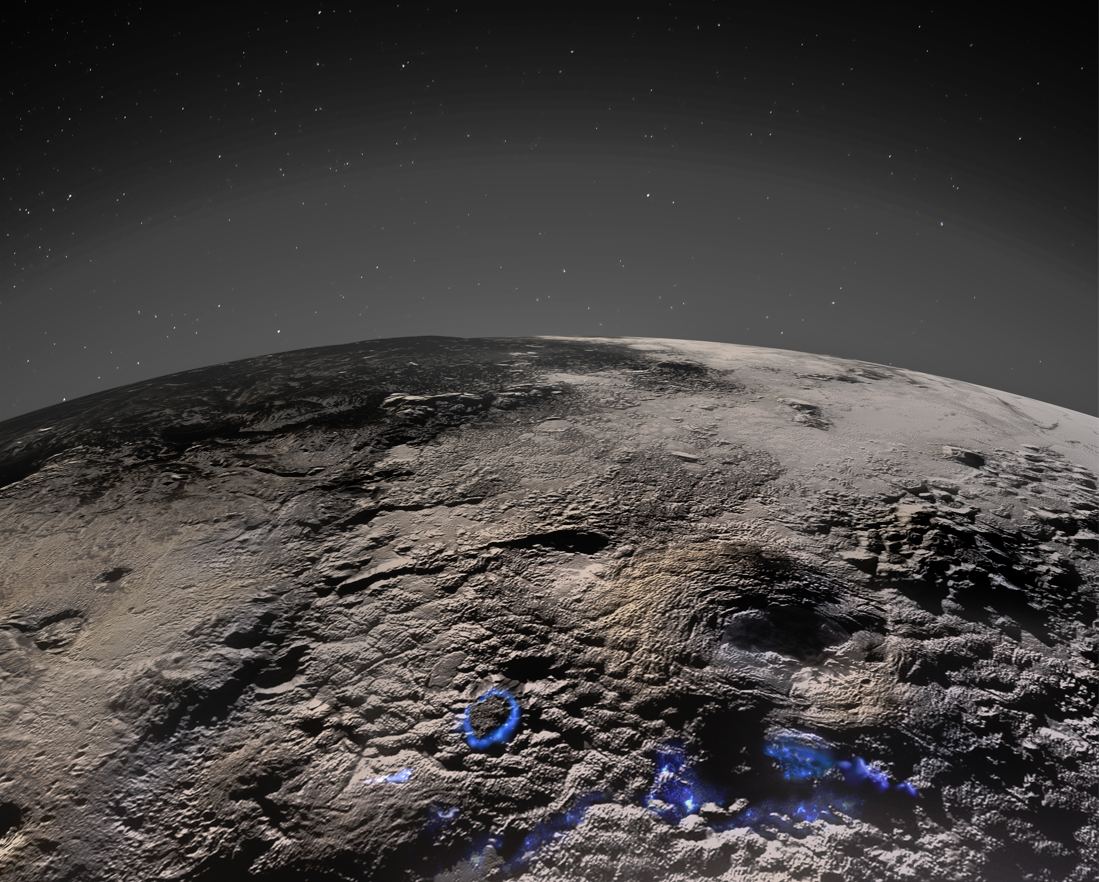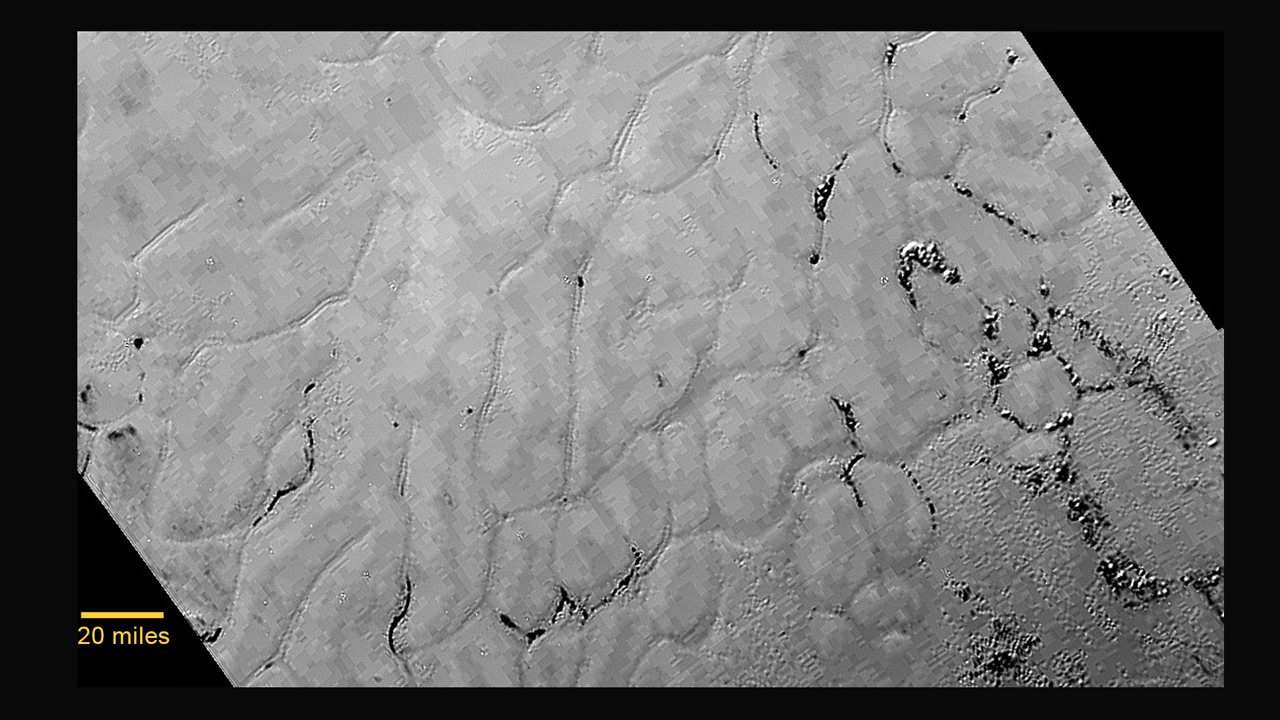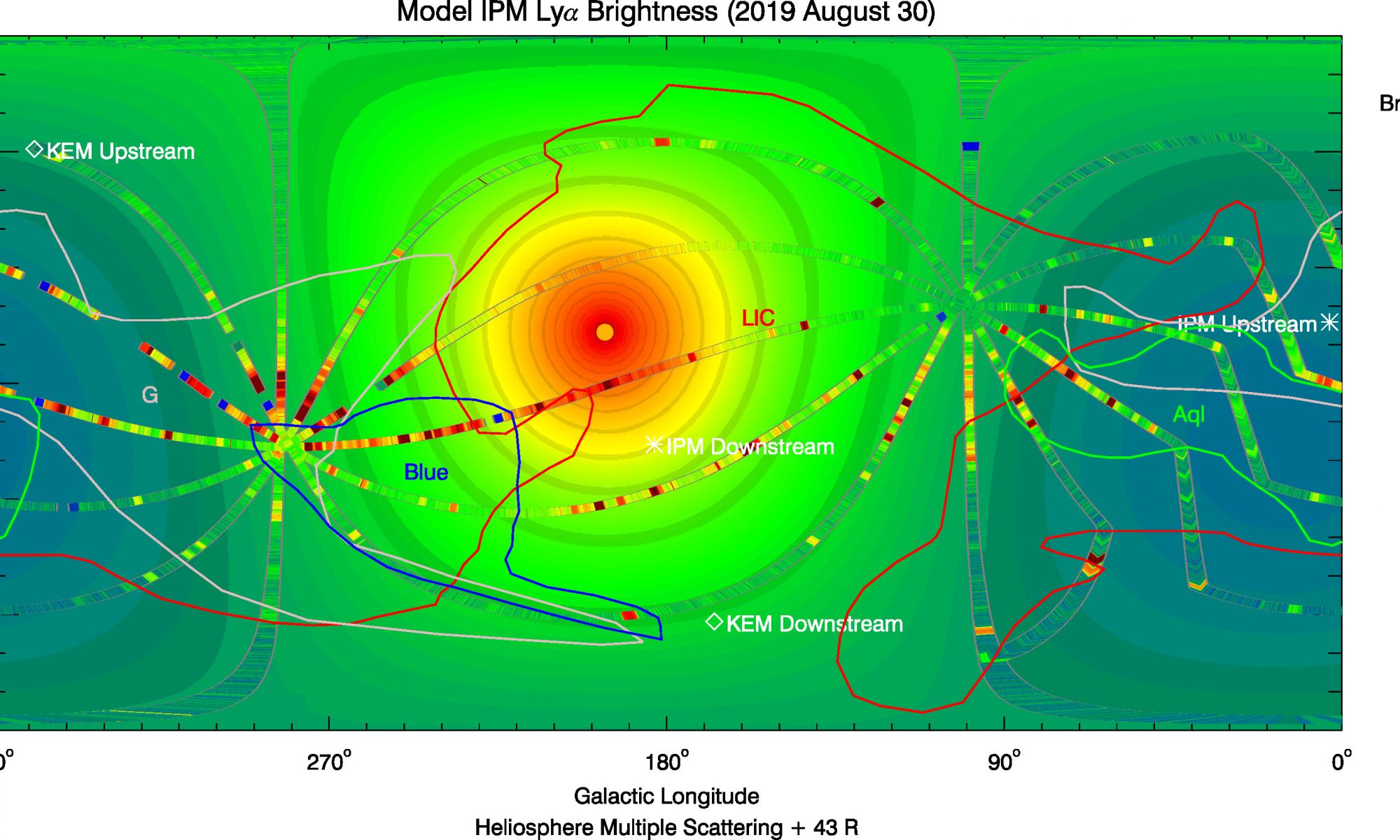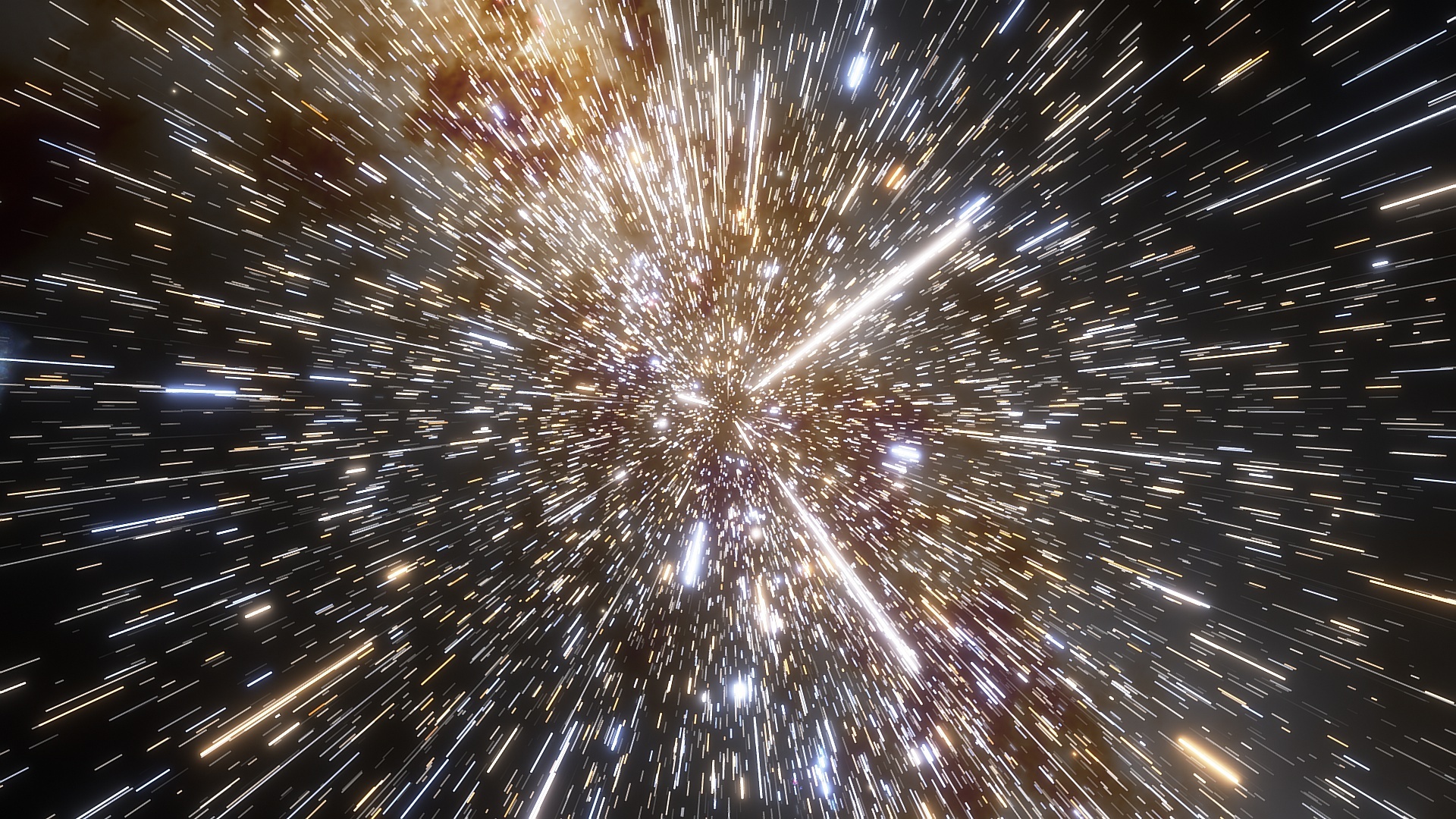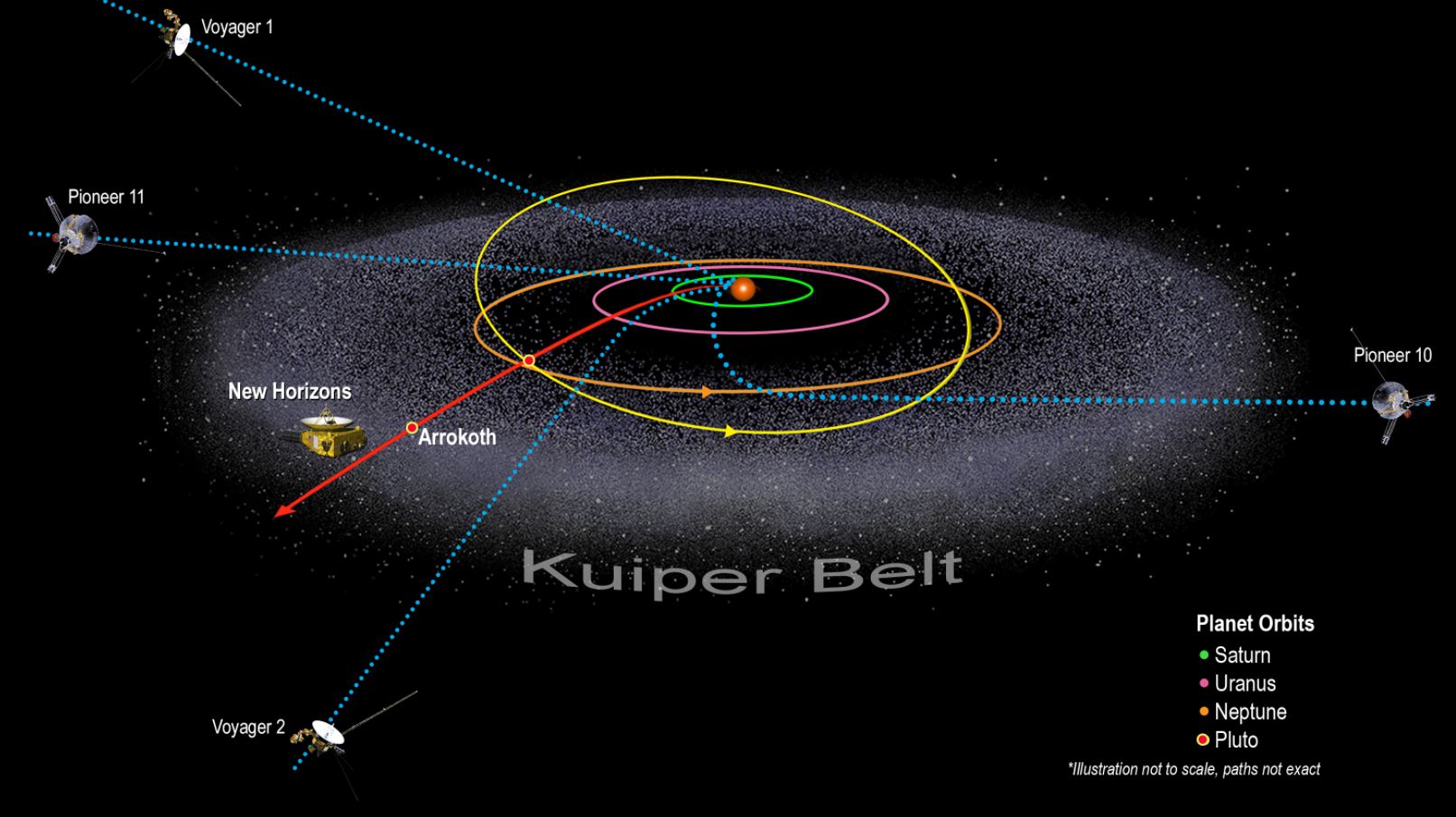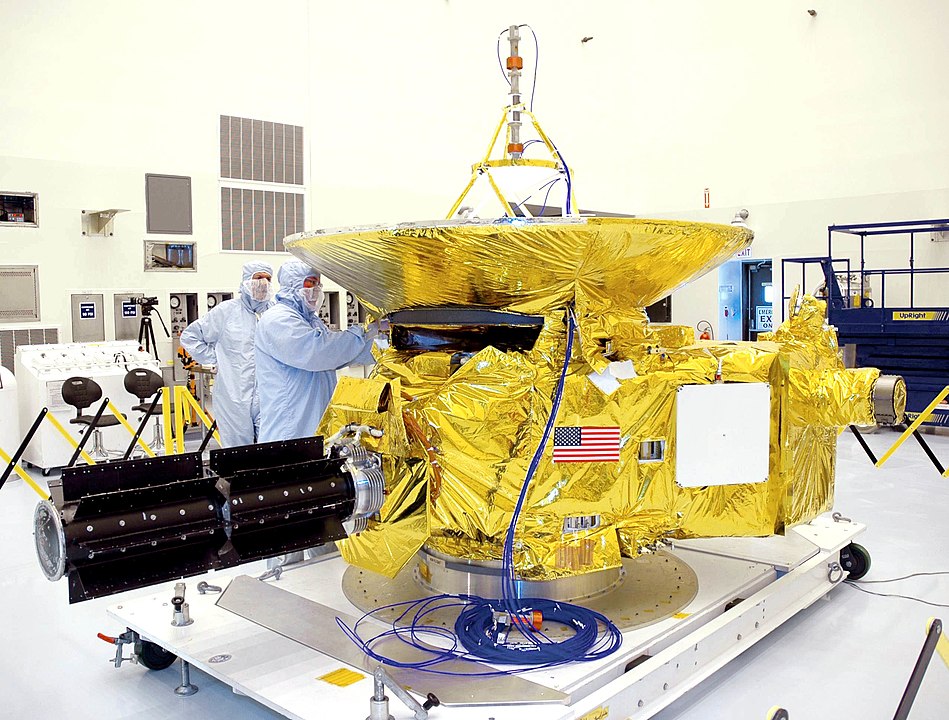We previously examined how Neptune’s largest moon, Triton, could answer the longstanding question: Are we alone? With its nitrogen geysers discovered by NASA’s Voyager 2 spacecraft, possible interior ocean, and lack of craters, Triton could be geologically active, which makes it an excellent celestial body for future astrobiology missions. But Triton isn’t the only place on the edge of the solar system which garners interest for finding life beyond Earth, as one of the most familiar and well-known (former) planets also exhibits evidence of recent geological activity and crater-less surface features. This is everyone’s favorite dwarf planet, Pluto, which like Triton has only been visited by one spacecraft, this one being NASA’s New Horizons, in 2015. But even with only one visitation, we discovered so much about Pluto, and what it might be hiding, as well.
Continue reading “Will Pluto finally answer, ‘Are we alone?’”Will Pluto finally answer, ‘Are we alone?’
